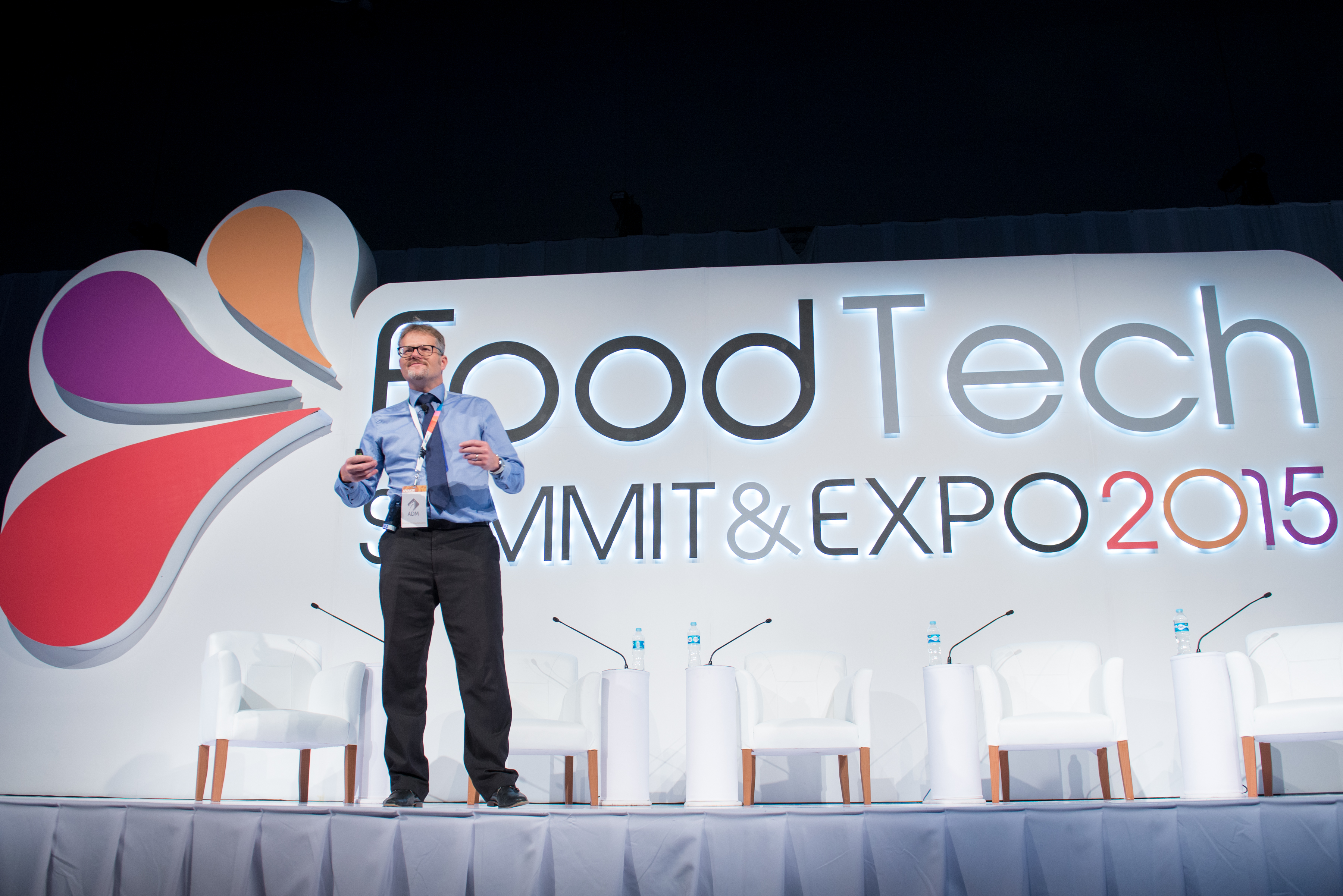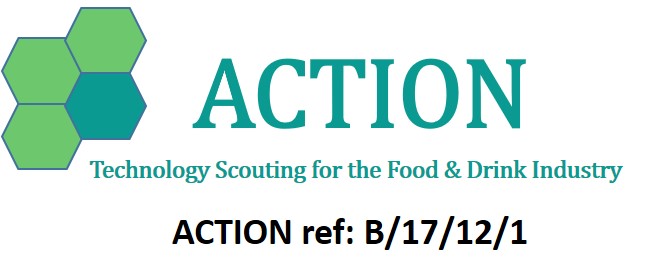In late 2021 Aurora Ceres presented two macro trends that are set to dictate the shape of the food and beverage industry through 2022 and beyond. These trends are Personal Health and Planet Health. In ACP’s most recent article, these macro trends were viewed through the prism of the opportunities in the alternative-meat market, a market which explicitly addresses the needs of Personal Health and Planet Health. Designing plant-based dairy-or meat- alternative products presents significant challenges; the step-change required to move to planet- and personal-health friendly products is perhaps cerebrally straightforward, but creating sustainable functional alternatives can be logistically and technically problematic. However, ingredient suppliers are beginning to make this process much easier; in December 2021, Univar Solutions Food Ingredients demonstrated its flexFORWARD range of plant-based ingredients, with the help of creative chefs at Bingham and Jones. The creative culinary demonstration presented by Univar Solutions Food Ingredients really showed what is possible with the right ingredients, and how the functionality and sensory aspects of plant-based products can be optimised. The culinary demonstration was filmed and recorded, and it’s well worth a watch – you can catch it up here.
Having looked at the plant-based, meat-alternative opportunities, it is worth turning attention to dairy-free alternatives, the market potential, and technical challenges. The global dairy market is significant to say to say the least. To put that into context, it was calculated by the World Wildlife Foundation1 in 2017 that globally, milk, butter, cheese, yogurt, ice cream, and other dairy products are consumed by more than 6 billion people worldwide; equating to more than 900 Million tons of milk. So, the market for dairy products is significant and, in the absence of alternatives, will increase with the increasing population; however, those trends that underpin Personal Health and Planet Health are clearly pushing up the demands for dairy-free products.
Let’s look at those underlying trends:
Essential Nutrition: One of the key challenges that producers of dairy-free products face is ensuring nutrition is balanced, and in particular that adequate protein levels are achieved. The potential and emerging success of available ingredients is reflected in the growing popularity of veganism amongst sports professionals4, where protein intake has to be a priority. It should also be noted that an estimated 68% of the world’s population suffers from Lactose malabsorption. The opportunity that this presents for well balanced plant-based dairy alternatives should not be underestimated7.
Across the plant-based dairy alternative spectrum the nutritional comparison is varied, and very much depends on what you are looking to replace. With whole cow’s milk typically 148Kcal/100ml and semi-skimmed cow’s milk at around 90Kcals/100ml, oat milk at around 130Kcal/100ml is at the higher end of the spectrum; other plant-based options such as almond, rice, coconut, hemp, and cashew milk are lower in calories; between 25-63% of the fat of whole cow’s milk. There are also typically lower in sugar, which may affect the taste profile when used in sweet desserts, and they are typically lower in protein, which is where Soya, Pea and Flax can provide benefit5. The lower protein content would be a significant concern in formulation from a nutrition and functional perspective if not addressed.
Clean Conscience – beyond clean label.
Minimising the environmental and social impact of these dairy-free ingredients is rapidly becoming baseline in terms of how F&B producers do business. According to research by Joseph Poore, University of Oxford2, spending on alternative milks has risen while consumption of cow’s milk has dropped. This recent study compared greenhouse gases from over 10,000 farms around the world that produce cow, almond, coconut, and soymilks. The findings were that dairy milk uses nine times more land to make a litre of dairy milk than a litre of rice, soy, oat, or almond milk. Consumers are increasingly becoming aware of the fact that any plant-based dairy alternative, whether from beans, nuts or seeds, has a reduced resource impact in terms of water, land and emissions when compared to dairy milk3.
However, the choice of ingredients in dairy-alternatives needs careful consideration, as food miles of component ingredients can undo the good work. So, be mindful of designing new products that do not undermine the virtuous principles.
Texture, Taste and Functionality
Whilst the demand for dairy-free products is blatant, the challenges for product developers are substantial. Lopez et al6 (2020) talks of the technological interventions that are still required to improve the quality of legume beverages. Mimicking the rheological properties of dairy using plant-based ingredients is the focus of much research and development.
Univar Solutions Food Ingredients have curated ingredient solutions for dairy alternatives and analogues within its flexFORWARD portfolio that allow developers to overcome sensorial challenges and provide functionality and nutritional profile that can exceed those of existing dairy products.
Following the success of its collaboration with Bingham and Jones, on Plant-Based creative culinary demonstration for ‘meat-free products’, Univar is hosting a follow-up on-line demonstration on the 19th January. This session will explore the formulation and development of plant-based milks, ice creams, desserts as well as mayonnaise and soft cheese spreads. You can register for the flexFORWARD ingredient solutions for dairy alternatives and analogues here.
Refs:
- https://www.worldwildlife.org/industries/dairy
- Joseph Poore, Oxford University., https://josephpoore.com/Science%20360%206392%20987%20-%20Accepted%20Manuscript.pdf
- https://ideas.ted.com/which-plant-based-milk-is-best-for-the-planet/
- https://www.bbc.co.uk/food/articles/vegan_footballers
- https://nutrition.org/going-nuts-about-milk-heres-what-you-need-to-know-about-plant-based-milk-alternatives/
- “Legume Beverages from Chickpea and Lupin, as New Milk Alternatives”; Mariana Lopes, Chloe Pierrepont et al; Foods 2020, 9, 1458.
- Storhaug CL, Fosse SK, Fadnes LT. Country, regional, and global estimates for lactose malabsorption in adults: a systematic review and meta-analysis. The Lancet. Gastroenterology & Hepatology. 2017;2(10):738–746.




